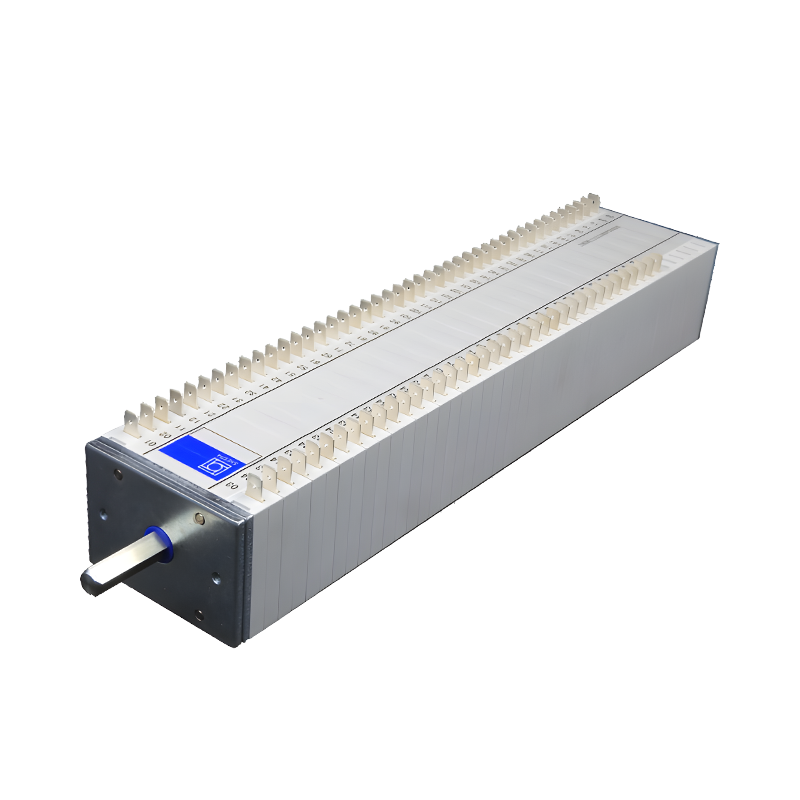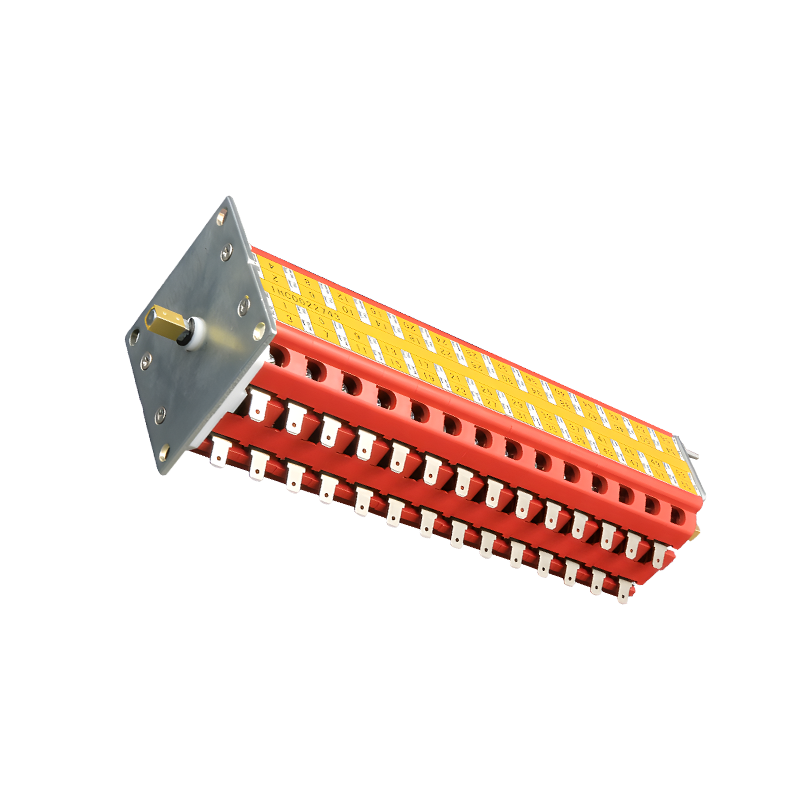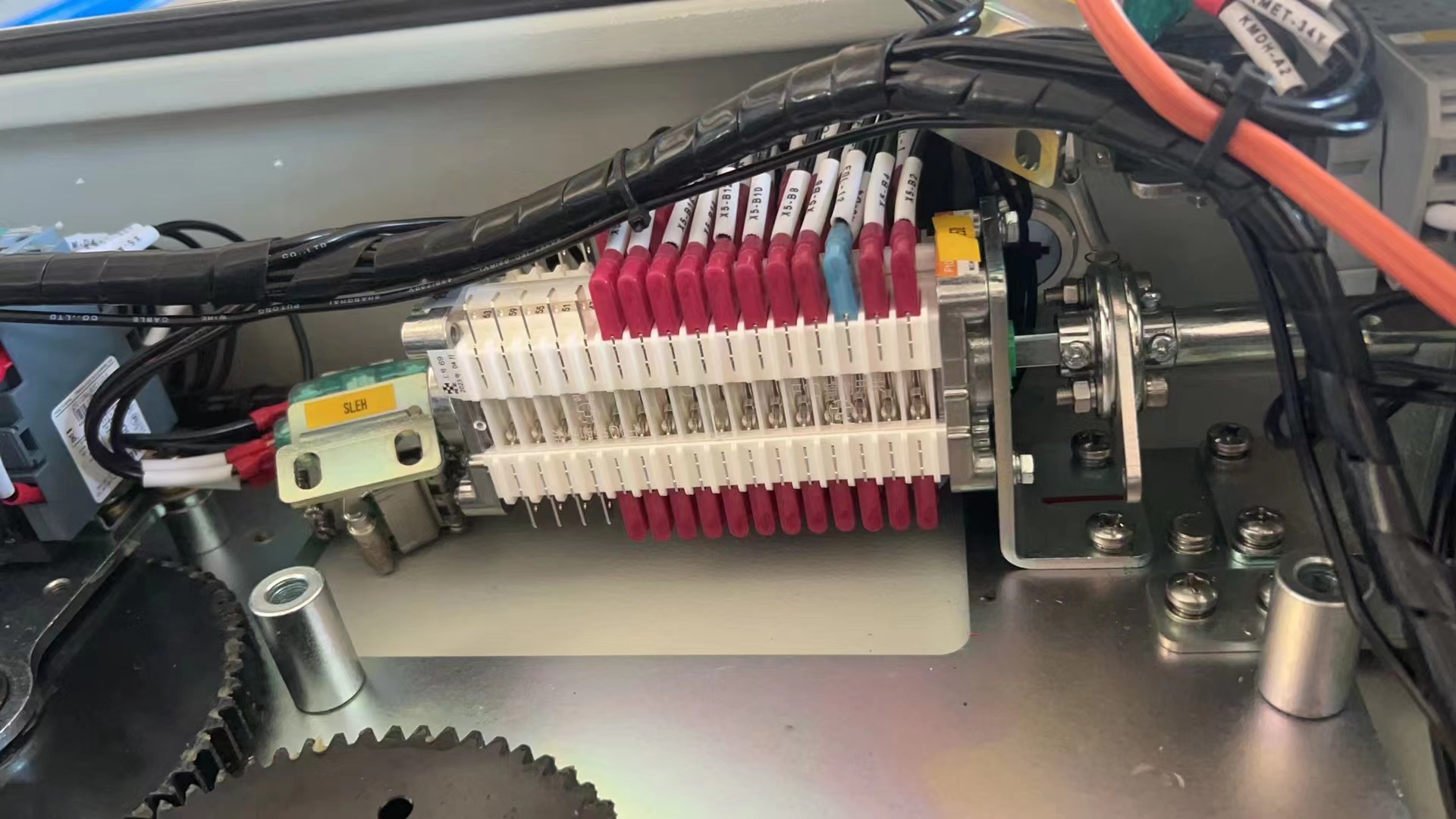

Analysis of the match between the protection level of auxiliary switches and the application environment requirements of high-voltage circuit breakers
Release time:2024-08-20
Analysis of the match between the protection level of auxiliary switches and the application environment requirements of high-voltage circuit breakers
In the power system, the stable operation of high-voltage circuit breakers is crucial, while the auxiliary switch as its indispensable component, whether its protection level meets the application environment requirements of high-voltage circuit breakers is directly related to the safety and reliability of the whole system. In this paper, we will discuss the protection level of auxiliary switches and the matching of high-voltage circuit breaker application environment requirements.
First of all, we need to clarify what is an auxiliary switch. The auxiliary switch is an important part of the high-voltage circuit breaker, which is mainly used to control and protect the circuit. It can continue to bear a certain current load after the main switch breaks, playing the role of protecting the main switch and extending the service life of the equipment. Therefore, the performance and quality of the auxiliary switch has an important impact on the overall performance of high-voltage circuit breakers.

Next, let's discuss the protection level of the auxiliary switch. The protection class is an important indicator of the dustproof and waterproof capability of electrical equipment, and is usually expressed in IP code. For example, IP67 rated equipment has the ability to be completely dustproof and immersed in water for a short period of time. In the case of auxiliary switches, the protection rating must be high enough to ensure proper operation even under harsh environmental conditions.
However, it is not enough to focus on the protection rating of the auxiliary switch. We also need to consider the application environmental requirements of high voltage circuit breakers. High-voltage circuit breakers are widely used in various segments of the power system, including power generation, transmission, substation and distribution. The environmental conditions of these segments vary, some of which may be a high-temperature, high humidity, high salt spray marine environment, some of which may be a desert area with frequent sandstorms, and some of which may be a cold, freezing polar environment. Therefore, the protection level of auxiliary switches must be able to adapt to the requirements of these complex application environments.
Then, how to determine whether the protection level of the auxiliary switch meets the requirements of the application environment of high-voltage circuit breakers? This requires us to consider the following aspects:

1. ambient temperature: the auxiliary switch should be able to operate normally at the lowest and highest ambient temperatures that may be encountered by the HV circuit breaker.
2. relative humidity: the auxiliary switch should be able to maintain good performance in high humidity environments and not be damaged by moisture intrusion.
3. corrosive gases: in special industries such as chemical industry, the auxiliary switch shall be able to resist corrosive gases.
4. mechanical shock and vibration: the auxiliary switch shall be able to withstand mechanical shock and vibration that may be encountered during transportation, installation and use of the high voltage circuit breaker.
5. waterproof and dustproof: the protection level of auxiliary switches should be able to meet the waterproof and dustproof requirements of high-voltage circuit breakers in outdoor or harsh environments.

In summary, whether the protection level of auxiliary switches meets the application environment requirements of high-voltage circuit breakers needs to be comprehensively evaluated according to specific application scenarios and environmental conditions. Only when the protection level of auxiliary switches can meet the requirements of high-voltage circuit breakers used in specific environments can we consider them to be matched. Therefore, when selecting auxiliary switches, we must give full consideration to the match between their protection level and the requirements of the application environment, so as to ensure the safe and stable operation of high-voltage circuit breakers.
In the power system, the stable operation of high-voltage circuit breakers is crucial, while the auxiliary switch as its indispensable component, whether its protection level meets the application environment requirements of high-voltage circuit breakers is directly related to the safety and reliability of the whole system. In this paper, we will discuss the protection level of auxiliary switches and the matching of high-voltage circuit breaker application environment requirements.
First of all, we need to clarify what is an auxiliary switch. The auxiliary switch is an important part of the high-voltage circuit breaker, which is mainly used to control and protect the circuit. It can continue to bear a certain current load after the main switch breaks, playing the role of protecting the main switch and extending the service life of the equipment. Therefore, the performance and quality of the auxiliary switch has an important impact on the overall performance of high-voltage circuit breakers.

Next, let's discuss the protection level of the auxiliary switch. The protection class is an important indicator of the dustproof and waterproof capability of electrical equipment, and is usually expressed in IP code. For example, IP67 rated equipment has the ability to be completely dustproof and immersed in water for a short period of time. In the case of auxiliary switches, the protection rating must be high enough to ensure proper operation even under harsh environmental conditions.
However, it is not enough to focus on the protection rating of the auxiliary switch. We also need to consider the application environmental requirements of high voltage circuit breakers. High-voltage circuit breakers are widely used in various segments of the power system, including power generation, transmission, substation and distribution. The environmental conditions of these segments vary, some of which may be a high-temperature, high humidity, high salt spray marine environment, some of which may be a desert area with frequent sandstorms, and some of which may be a cold, freezing polar environment. Therefore, the protection level of auxiliary switches must be able to adapt to the requirements of these complex application environments.
Then, how to determine whether the protection level of the auxiliary switch meets the requirements of the application environment of high-voltage circuit breakers? This requires us to consider the following aspects:

1. ambient temperature: the auxiliary switch should be able to operate normally at the lowest and highest ambient temperatures that may be encountered by the HV circuit breaker.
2. relative humidity: the auxiliary switch should be able to maintain good performance in high humidity environments and not be damaged by moisture intrusion.
3. corrosive gases: in special industries such as chemical industry, the auxiliary switch shall be able to resist corrosive gases.
4. mechanical shock and vibration: the auxiliary switch shall be able to withstand mechanical shock and vibration that may be encountered during transportation, installation and use of the high voltage circuit breaker.
5. waterproof and dustproof: the protection level of auxiliary switches should be able to meet the waterproof and dustproof requirements of high-voltage circuit breakers in outdoor or harsh environments.

In summary, whether the protection level of auxiliary switches meets the application environment requirements of high-voltage circuit breakers needs to be comprehensively evaluated according to specific application scenarios and environmental conditions. Only when the protection level of auxiliary switches can meet the requirements of high-voltage circuit breakers used in specific environments can we consider them to be matched. Therefore, when selecting auxiliary switches, we must give full consideration to the match between their protection level and the requirements of the application environment, so as to ensure the safe and stable operation of high-voltage circuit breakers.
